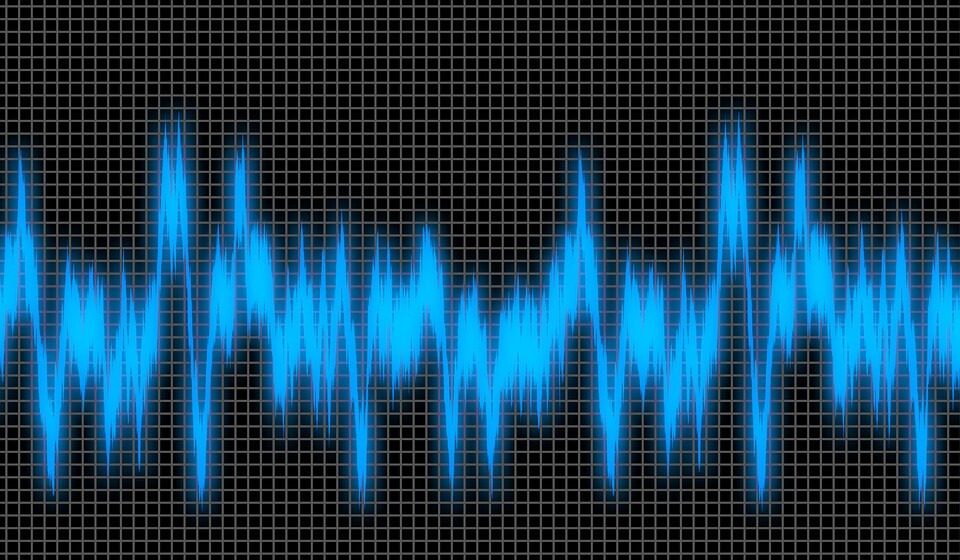What Does
Acoustic Emissions Mean?
Acoustic emissions in the context of in-situ stress refer to the radiation of acoustic waves in a rock when it experiences changes in its structure or when there is a sudden redistribution of stress.
Acoustic emission testing (AET) is a non-destructive testing (NDT) method based on the acoustic waves that are produced as a result of this change.
The analysis of acoustic emission can provide important information regarding in-situ stress conditions at depth. When materials undergo damage or structural change due to change in load, pressure, or temperature, energy is released in the form of stress waves. The stress waves produced by the release of energy travel to the surface and are picked up by sensors.
Some materials produce sound, which is loud enough to be heard but in some cases, as in an underground rock mass, the sound cannot be heard unless specialized equipment is used.
The AET device allows these sounds or stress waves to be detected and analyzed. The acoustic equipment feeds real-time readings back to the operators during a drilling operation.
When using azimuthal acoustic measurements, principal stress orientations are collected from three separate sources:
- Borehole breakouts.
- Compressional images.
- Acoustic anisotropy evaluation.
Azimuthal acoustic measurement is used to derive information related to principal stress orientation and geological information. It is used as part of the bottom hole assembly (BHA) and facilitates time-lapse field stress and wellbore stability analysis.
The use of a real-time azimuthal acoustic measurement tool allows engineers to take measurements while drilling. Analysis of acoustic signal may include amplitude changes, velocity ratios of the various components of the waveform, and frequency-dependent effects.
Trenchlesspedia Explains Acoustic Emissions

The acoustic emissions are detected using the AET method which is a non-destructive testing (NDT) method. The test is capable of detecting and monitoring the release of stress waves during a drilling operation. During a drilling operation, the rock mass is subjected to an external load that causes it to break and release the energy stored within it.
The Principal
Waves of different types propagate at different velocities and with different oscillation directions. The waves also undergo changes due to diffraction, attenuation, dispersion, etc. while passing through a medium. Sensors detect these acoustic emissions and convert the waves into electric signals which are recorded.
If the stress is increased monotonically, the acoustic emission activity increases significantly when the compressive stress level exceeds the previous maximum stress, which is the Kaiser effect. Using this phenomenon, it is possible to estimate the previous maximum stress of the rock sample by observing the AE activity when stress is increased monotonically.
Signal Types and Characteristics
Acoustic emissions consist of two types of signals:
- Discrete emissions consist of pulses having larger amplitudes than the background noise and having a time gap between occurrences. They are characterized by an increase in the amplitude of the acoustic pulses.
- Continuous emissions have lower amplitude and higher frequency, and the energy released in a single event is small. There is an insignificant change in the energy state of the material.
There are different parameters and characteristics in an acoustic wave such as amplitude, wavelength, wave energy, intensity, dominant frequency, and pressure. The proper choice, detection, and use of acoustic wave features is an important step in processing an acoustic emission signal. The acoustic emission spectrum near the source has higher frequencies than when the source is far due to the propagation of waves through a medium.
Advantages
Below are a few advantages of using acoustic emission techniques over other methods:
- Allow immediate detection in signal change
- Can be developed further for high sensitivity and accuracy
- Samples can be studied from a distance
- Can be utilized in real-time without the need to stop the drilling operation
- Low cost-to-performance ratio